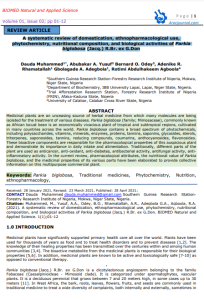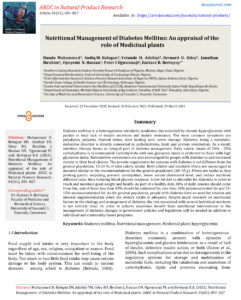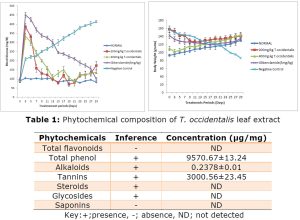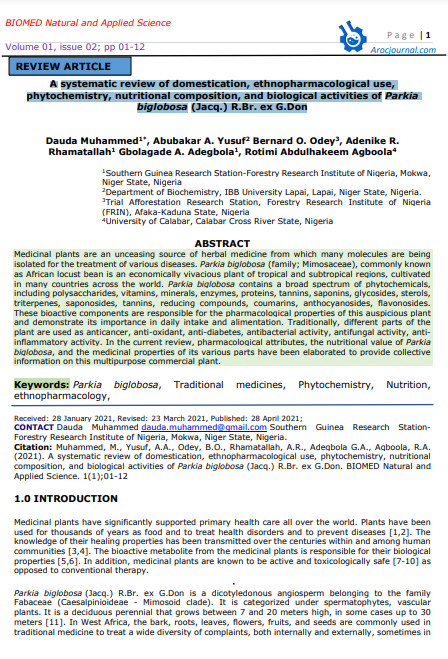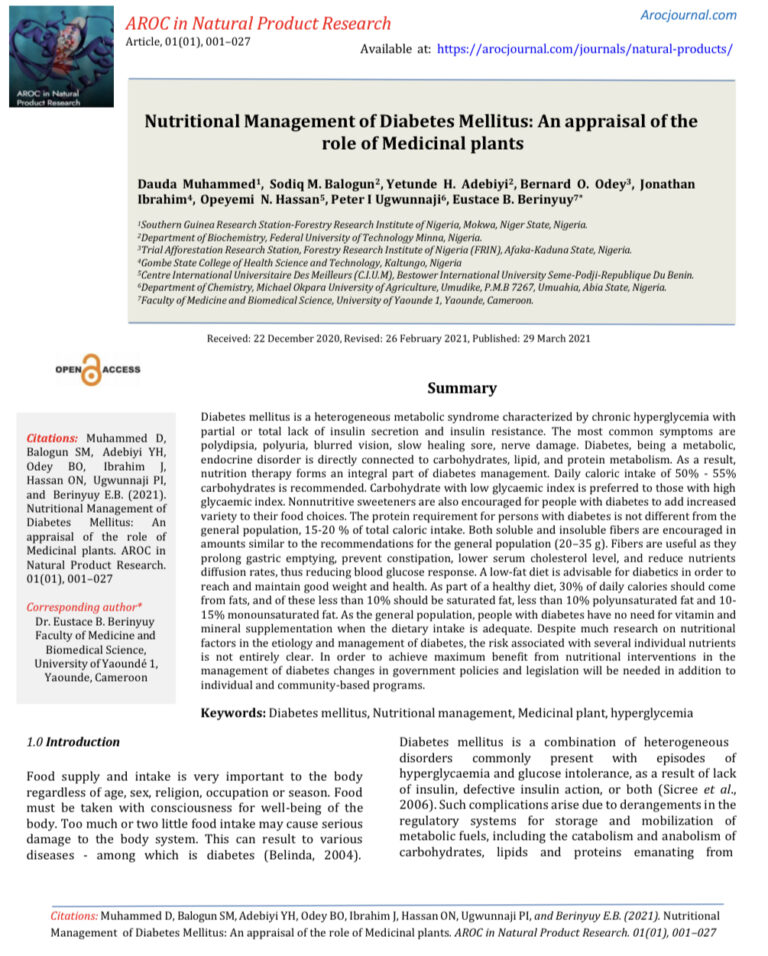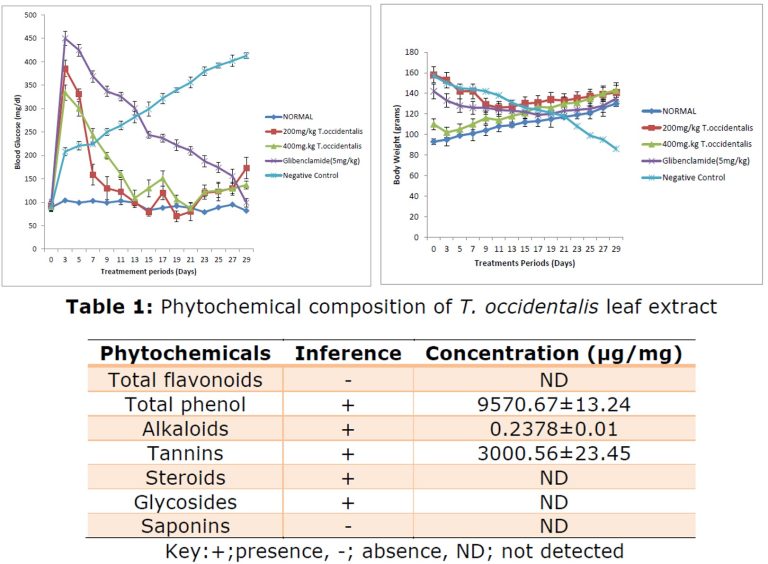Introduction
The digital landscape has been increasingly characterized by the convergence of web and mobile technologies. Traditionally, organizations faced a choice: develop native mobile applications to deliver rich, device-specific experiences or build responsive websites to reach a broad audience across devices. Native apps offer high performance and offline capabilities but require multiple codebases and app store approval processes, while traditional websites provide accessibility but often lack immersive user engagement. Progressive Web Apps (PWAs) bridge this gap, combining the best of both approaches.
First introduced by Google in 2015, PWAs leverage modern web technologies, such as Service Workers, Web App Manifests, and Push APIs, to deliver app-like experiences directly through web browsers. Unlike traditional web applications, PWAs can be installed on the user’s device, function offline, and send push notifications, thereby narrowing the distinction between web and mobile applications.
This article investigates the evolution, technical frameworks, adoption patterns, challenges, and future potential of PWAs. By analyzing real-world implementations and technical literature, the study provides a comprehensive understanding of why PWAs have become a cornerstone in contemporary digital strategy.
Background and Context
The proliferation of smartphones and the demand for instant, seamless digital experiences have driven the need for innovative solutions in web development. Users expect fast-loading interfaces, offline functionality, and app-like interactivity, regardless of device or connectivity conditions.
PWAs utilize key web technologies to address these demands:
-
Service Workers: Background scripts that manage offline caching, background synchronization, and push notifications.
-
Web App Manifest: JSON files defining metadata, icons, and application behavior for installable web apps.
-
HTTPS Protocol: Ensures secure communication and is mandatory for PWA functionality.
These technologies collectively allow PWAs to deliver high-performance, reliable, and engaging experiences while maintaining the advantages of web accessibility and cross-platform deployment.
Current Trends and Challenges
Trends
-
Global Adoption: Companies such as Twitter, Pinterest, and Starbucks have implemented PWAs to enhance engagement and reduce app development costs.
-
Cross-Platform Compatibility: PWAs work across desktops, mobile devices, and emerging form factors such as foldables and wearables.
-
Performance Enhancements: Tools like Lighthouse and Webpack optimize PWA loading times and offline capabilities.
-
Integration with Modern Web APIs: PWAs increasingly leverage Geolocation, Web Bluetooth, and Payment Request APIs for enhanced interactivity.
Challenges
-
Browser Compatibility: Not all browsers support the full spectrum of PWA features uniformly.
-
Security Risks: PWAs rely on HTTPS, but vulnerabilities in web apps can compromise user data.
-
User Awareness and Adoption: Users may not differentiate between PWAs and native apps, impacting installation rates.
-
Complexity of Advanced Features: Implementing offline-first strategies, caching, and push notifications requires significant technical expertise.
Technical Analysis and Frameworks
Core Architecture
-
Service Worker Lifecycle: Handles caching strategies, fetch events, and background synchronization.
-
Web App Manifest: Defines metadata for installation, launch screens, and icons.
-
Responsive and Adaptive Design: Ensures that PWAs provide a consistent experience across varying screen sizes and resolutions.
Development Tools and Frameworks
-
Workbox: Simplifies Service Worker implementation for caching and offline support.
-
Ionic and Angular: Offer frameworks for building high-performance PWAs with modular components.
-
React PWA Libraries: Provide scalable architectures for complex web applications.
Performance Metrics
PWAs are evaluated on metrics such as Time to Interactive (TTI), First Contentful Paint (FCP), and reliability under poor network conditions. Lighthouse audits offer comprehensive performance, accessibility, and SEO assessments.
Case Studies and Real-World Applications
-
Twitter Lite: Reduced data usage by 70% and increased engagement, particularly in emerging markets, by leveraging offline caching and push notifications.
-
Pinterest: Achieved a 60% increase in core engagements and faster load times via a PWA.
-
Starbucks: Provided offline ordering capabilities through a PWA, expanding accessibility in areas with unreliable connectivity.
-
AliExpress: Leveraged PWA technology to enhance mobile conversions while maintaining a unified codebase across devices.
These cases demonstrate that PWAs effectively combine web accessibility with the immersive features traditionally associated with native applications, delivering both business value and user satisfaction.
Implications and Future Research Directions
The rise of PWAs signals a paradigm shift in digital strategy, emphasizing unified cross-platform experiences without the overhead of multiple codebases. Future research may explore:
-
AI-Enhanced PWAs: Dynamic adaptation of content and layouts based on user behavior and predictive analytics.
-
Enhanced Offline Functionality: Leveraging decentralized storage and edge computing to extend offline capabilities.
-
Integration with Emerging Web Standards: Incorporating WebAssembly and WebXR for richer interactive experiences.
-
Security and Privacy Frameworks: Developing standards to ensure trust and compliance in PWA deployments.
These research directions will ensure that PWAs continue to evolve as a flexible, scalable, and secure solution for businesses navigating a multi-device digital landscape.
Conclusion
Progressive Web Apps represent a critical innovation in web and mobile convergence, offering the accessibility of the web alongside the rich interactivity of native apps. By combining Service Workers, Web App Manifests, and modern web APIs, PWAs provide offline functionality, push notifications, and installable experiences that enhance user engagement. While challenges such as security, browser compatibility, and technical complexity remain, PWAs have demonstrated significant business value and user adoption potential. As the digital landscape continues to evolve, PWAs are poised to play a central role in delivering seamless, cross-platform experiences while blurring the traditional boundaries between web and mobile applications.
References
-
Google Developers. (2021). Progressive Web Apps. Retrieved from https://developers.google.com/web/progressive-web-apps
-
Russell, A. (2015). Progressive Web Apps: Escaping Tabs Without Losing Our Soul. Web Fundamentals. Google.
-
Greco, F., & Filho, A. (2020). PWAs as a strategy for mobile engagement: Case studies in e-commerce. Journal of Web Engineering, 19(4), 342–358.
-
Pantano, E., Pizzi, G., Scarpi, D., & Dennis, C. (2020). Competing during a pandemic? Retailers’ ups and downs during the COVID-19 outbreak. Journal of Business Research, 116, 209–213.
-
Lehman, J., & Guzzi, A. (2019). Offline-first web applications: Techniques and challenges. International Journal of Human-Computer Studies, 129, 12–28.

